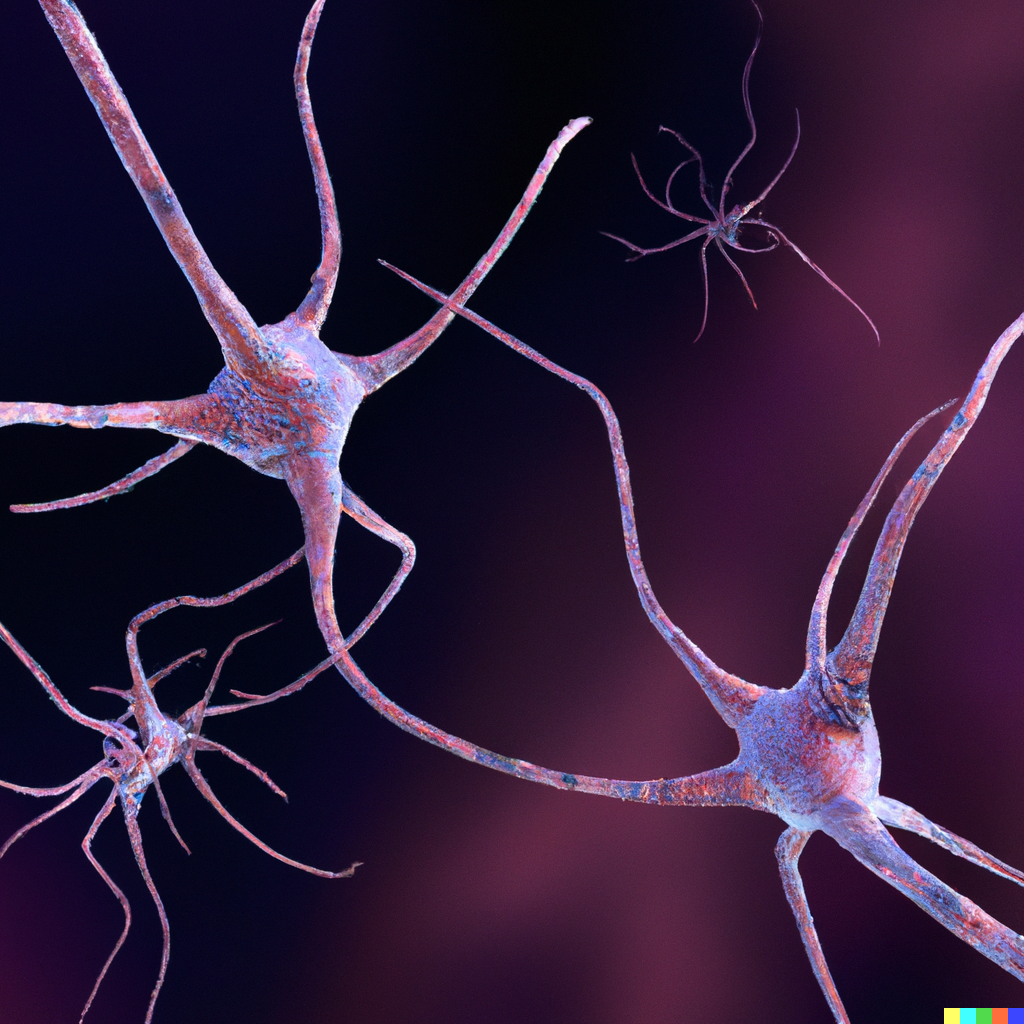Why resistance training matters more after 50
As we get older, our bodies naturally change. After 50, many people notice they don’t have the same strength or energy they once did. This is because muscle mass tends to shrink with age, a process called sarcopenia. Without action, this loss of muscle can lead to slower metabolism, more body fat, weaker bones, and a higher risk of falls and injuries.
Resistance training—also known as strength training or weight lifting—is one of the most effective ways to fight these changes. It involves exercises that make your muscles work against some form of resistance like weights, resistance bands, or even your own body weight.
Here’s why resistance training matters more after 50:
**1. Keeps Muscles Strong and Metabolism Active**
Muscle burns calories even when you’re resting. When muscle shrinks with age but eating habits stay the same, fat tends to replace that lost muscle without changing overall weight much. Resistance training helps maintain and build muscle so your metabolism stays active and you keep burning calories efficiently.
**2. Protects Your Bones**
As we age especially after 50, bones become thinner and weaker—a condition called osteopenia or osteoporosis—which increases fracture risk from falls or accidents. Lifting weights stresses your bones in a healthy way that encourages them to stay dense and strong.
**3. Improves Balance and Reduces Fall Risk**
Falls are a leading cause of injury for older adults but building strength improves balance and coordination which lowers how often falls happen—and how severe they are if they do occur.
**4. Boosts Energy Levels & Daily Functioning**
Strong muscles make everyday tasks easier—carrying groceries up stairs or playing with grandchildren becomes less tiring when you have good muscular strength from regular resistance exercises.
**5. Supports Brain Health as You Age**
Recent research suggests that lifting weights may help protect against cognitive decline conditions like Alzheimer’s disease by promoting brain resilience alongside physical health benefits.
Starting doesn’t mean jumping into heavy lifting right away; it can be simple at first: using light dumbbells or resistance bands two to three times per week focusing on different parts of the body gradually builds confidence while delivering results over time—usually noticeable within six to eight weeks if consistent.
The key is consistency rather than intensity at first: small steps add up quickly when done regularly over months and years—and those gains translate into better independence well into later life stages.
In short: Resistance training isn’t just about looking fit—it’s about staying strong enough for life itself after 50; it protects your body inside out while helping you feel younger than ever before through improved health markers like bone density, blood sugar regulation, balance control—and yes—even brain function too!





